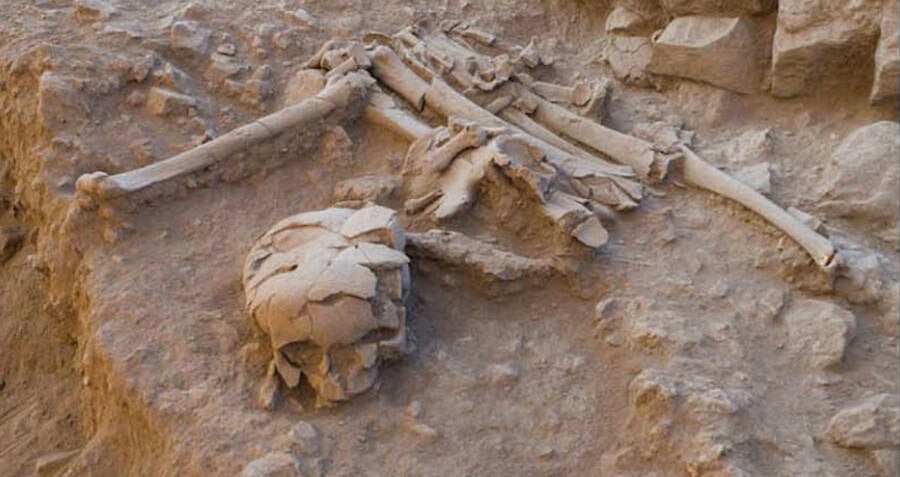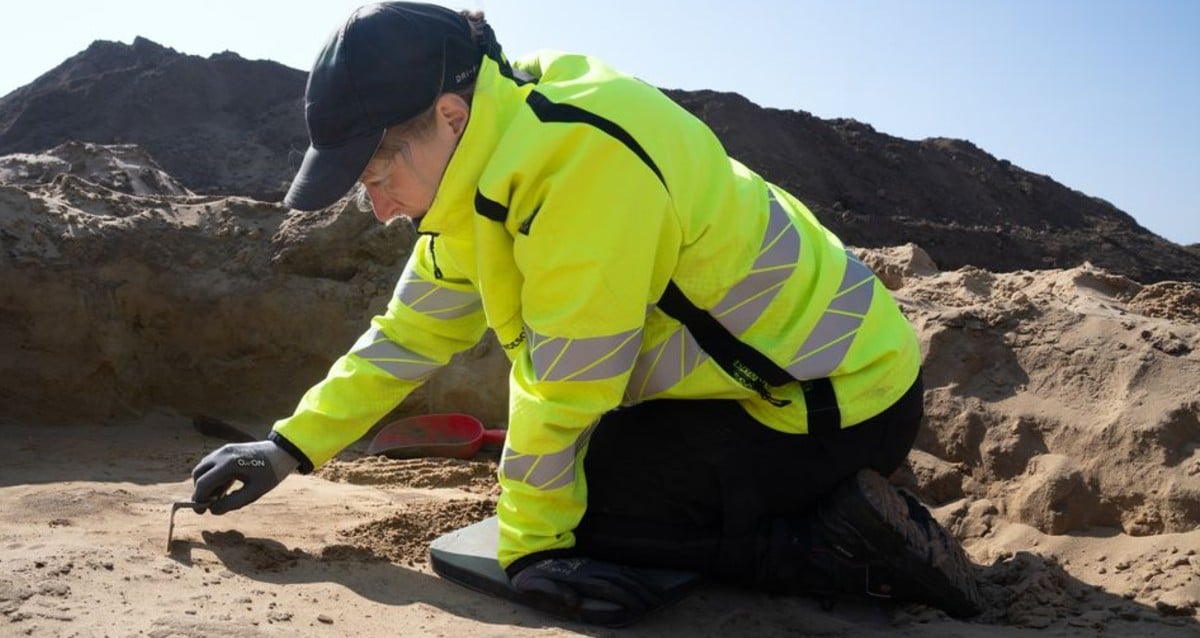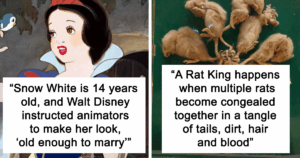Unveiling the Secrets Behind a Prehistoric Cult’s Death Ritual That Transformed Neolithic Art Forever

Kharaysin Archaeological TeamA secondary burial, flint knives, stone bowl, and a primary burial.
At least, that’s what thorough analysis of these ancient artifacts in Jordan suggests. The specific details surrounding this community’s belief system remain unclear. The experts suggest the figurines were representations of the dead to honor their ancestors.
“These rituals probably included remembrance of the deceased,” the study posited. “The presence of ‘figurines’ suggests that individuals could have been symbolically depicted in flint with a simple technical gesture. If this were the case, the ‘figurines’ were discarded where they were used.”
Ultimately, the thesis isn’t founded on mere speculation — its conclusion is fairly well supported by comparisons to other examples of figurines from the Neolithic Zarqa river valley. A similar trove was found at ‘Ain Ghazal, another Neolithic dig site in the region.
While the oldest depictions of humans were found in modern-day Germany and are 35,000 years old, this tangible representation of people hasn’t been seen in present-day Jordan earlier than 8th millennium B.C.
In Jordan, it seems, it was funerary ceremonies that created the cultural and artistic shift. Within a few generations, those communities pivoted from devoting their handiwork to animal figurines to those of their ancestors.
After learning about the mysterious figurines made for death rituals that were discovered in Jordan near ancient burial sites, read about the remains of ancient human sacrifice victims being found by engineers in the United Kingdom. Then, learn about five weird death rituals that prove humanity is totally bizarre.













Post Comment